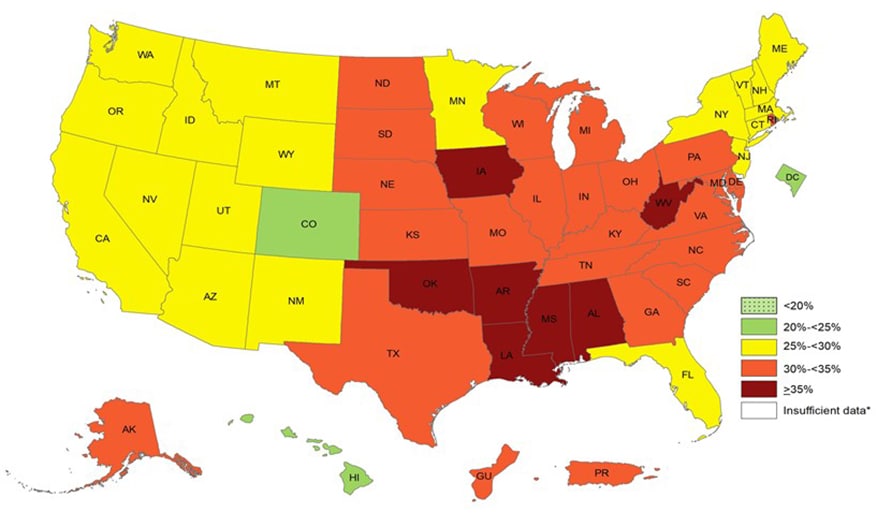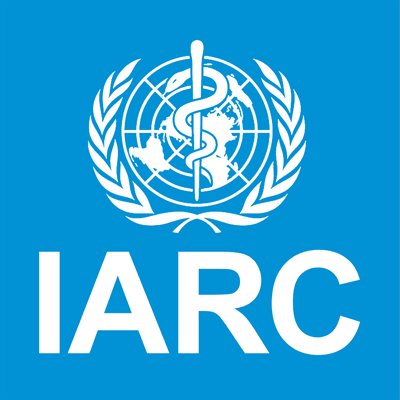A Smartphone App and Personalized Text Messaging Framework (InDEx) to Monitor and Reduce Alcohol Use in Ex-Serving Personnel: Development and Feasibility Study
A Smartphone App and Personalized Text Messaging Framework (InDEx) to Monitor and Reduce Alcohol Use in Ex-Serving Personnel: Development and Feasibility Study
Self-reported alcohol misuse remains high in armed forces personnel even after they have left service. More than 50% of ex-serving personnel meet the criteria for hazardous alcohol use; however, many fail to acknowledge that they have a problem. Previous research indicates that interventions delivered via smartphone apps are suitable in promoting self-monitoring of alcohol use, have a broad reach, and may be more cost-effective than other types of brief interventions. There is currently no such intervention specifically designed for the armed forces.
This study sought to describe the development of a tailored smartphone app and personalized text messaging (short message service, SMS) framework and to test the usability and feasibility (measured and reported as user engagement) of this app in a hard-to-engage ex-serving population.
App development used Agile methodology (an incremental, iterative approach used in software development) and was informed by behavior change theory, participant feedback, and focus groups. Participants were recruited between May 2017 and June 2017 from an existing United Kingdom longitudinal military health and well-being cohort study, prescreened for eligibility, and directed to download either Android or iOS versions of the ”Information about Drinking for Ex-serving personnel” (InDEx) app. Through the app, participants were asked to record alcohol consumption, complete a range of self-report measures, and set goals using implementation intentions (if-then plans). Alongside the app, participants received daily automated personalized text messages (SMS) corresponding to specific behavior change techniques with content informed by the health action process approach with the intended purpose of promoting the use of the drinks diary, suggesting alternative behaviors, and providing feedback on goals setting.
Personnel engaged and used the app regularly as demonstrated by the number of initializations, interactions, and time spent using InDEx. Future research is needed to evaluate the engagement with and efficacy of InDEx for the reduction of alcohol consumption and binge drinking in an armed forces population.
The full pdf can be downloaded below.
AACR Cancer Progress Report 2018
AACR Cancer Progress Report 2018
The American Association for Cancer Research released a comprehensive report documenting the current state of the fight against cancer with a look to the future. This includes research regarding cancer development, cancer prevention, early detection, and harnessing research discoveries for patient benefit, in addition to guidance for the future and public policy.
The full report can be downloaded below.
Detecting Depression with Audio/Text Sequence Modeling of Interviews
Detecting Depression with Audio/Text Sequence Modeling of Interviews
Medical professionals diagnose depression by interpreting the responses of individuals to a variety of questions, probing lifestyle changes and ongoing thoughts. Like professionals, an effective automated agent must understand that responses to queries have varying prognostic value. In this study we demonstrate an automated depression-detection algorithm that models interviews between an individual and agent and learns from sequences of questions and answers without the need to perform explicit topic modeling of the content. We utilized data of 142 individuals undergoing depression screening, and modeled the interactions with audio and text features in a Long-Short Term Memory (LSTM) neural network model to detect depression. Our results were comparable to methods that explicitly modeled the topics of the questions and answers which suggests that depression can be detected through sequential modeling of an interaction, with minimal information on the structure of the interview.
The full pdf from MIT can be downloaded below.
Adult Obesity Prevalence Maps
Adult Obesity Prevalence Maps
On September 12th the CDC updated their adult obesity prevalence maps, highlighting differences by state and territory for obesity by race/ethnicity. The page also presents data regarding obesity prevalence by education and age. An example map is below.
Prevalence of Self-Reported Obesity Among U.S. Adults by State and Territory, BRFSS, 2017

The full page can be viewed at this link.

Latest Global Cancer Data
Latest Global Cancer Data
Geneva, Switzerland, 12 September 2018 – The International Agency for Research on Cancer (IARC) today released the latest estimates on the global burden of cancer. The GLOBOCAN 2018 database, accessible online as part of the IARC Global Cancer Observatory, provides estimates of incidence and mortality in 185 countries for 36 types of cancer and for all cancer sites combined. An analysis of these results, published today in CA: A Cancer Journal for Clinicians, highlights the large geographical diversity in cancer occurrence and the variations in the magnitude and profile of the disease between and within world regions.
The press release includes information on the global cancer burden, the major cancer types of 2018, global patterns by level of human development, global cancer patterns by sex, and a worrying rise in lung cancer in women.
The full press release can be viewed below.

PWC Makes 2018 AI Predictions 8 Insights To Shape Business Strategy.
PWC makes eight such predictions based on insights from AI visionaries, as well as what PwC leaders see as they advise clients around the world who are putting AI to work in their own organizations.
Bridging the Digital Divide: Mobile Access to Personal Health Records Among Patients With Diabetes
Bridging the Digital Divide: Mobile Access to Personal Health Records Among Patients With Diabetes
Some patients lack regular computer access and experience a digital divide that causes them to miss internet-based health innovations. The diffusion of smartphones has increased internet access across the socioeconomic spectrum, and increasing the channels through which patients can access their personal health records (PHRs) could help bridge the divide in PHR use. We examined PHR use through a computer-based Web browser or mobile device. Mobile-ready PHRs may increase access among patients facing a digital divide in computer use, disproportionately reaching racial/ethnic minorities and lower SES patients. Nonetheless, even with a mobileoptimized and app-accessible PHR, differences in PHR use by race/ethnicity and SES remain. Continued efforts are needed to increase equitable access to PHRs among patients with chronic conditions.
The full article can be viewed below.
Perspective: Coupling Policymaking with Evaluation- The Case of the Opioid Crisis
Perspective: Coupling Policymaking with Evaluation- The Case of the Opioid Crisis
The authors examine various opioid-control interventions to evaluate their effects. These policies and interventions include prescription drug monitoring programs (PDMPs), prescription limits, restrictions on doctor shopping, abuse-deterrant formulations, and notification letters for high-volume prescribers. The article does not shy away from describing ineffective or mixed results.
The full article can be viewed below.
In-depth perspectives on combating the opioid epidemic: Case studies
In-depth perspectives on combating the opioid epidemic: Case studies
Cigna and the Economist Intelligence Unit put together a report examining eight different case studies. The approaches highlighted include community-based programs, inpatient treatment, medical treatement that includes alternative practices, different forms of psychiatric treatment, outpatient treatment, peer counseling, and living in a sober house.
The Opioid Epidemic: Data-Driven Case Studies
The Opioid Epidemic: Data-Driven Case Studies
The KPMG Government Institute released an issue brief covering the opioid epidemic. This provides context and background while also highlighting data-driven success stories from Rhode Island, Massachusetts, Pennsylvania, Oklahoma.
The full brief is below.
